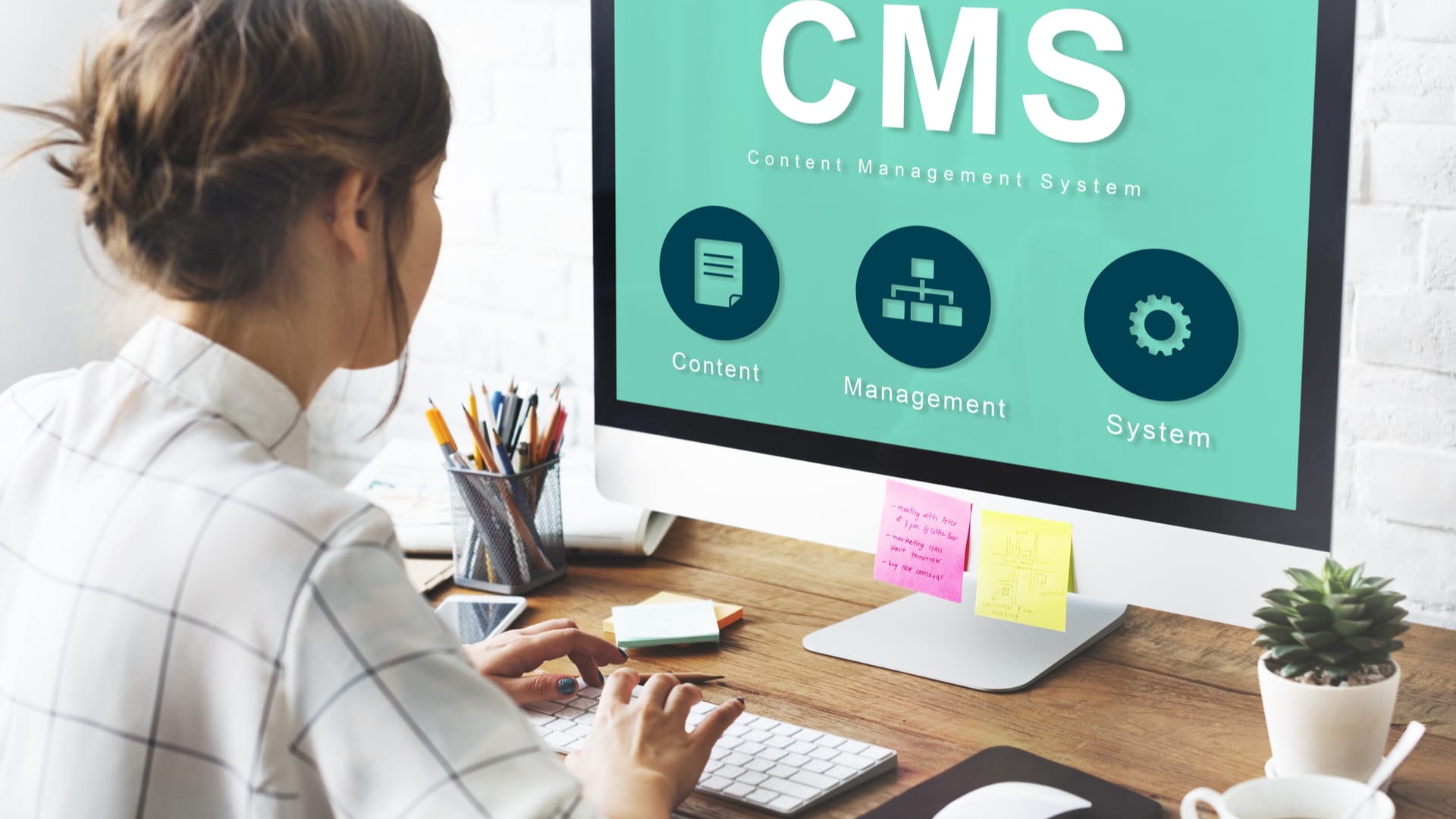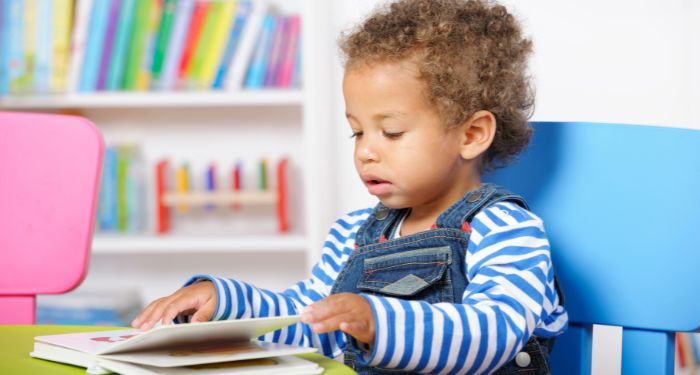
Letting kids be kids: the newest therapy for anxiety in children
The rise of child anxiety
Based on recent academic sources, child anxiety appears to be on the rise. Even before the Covid-19 pandemic, there was a significant increase in the number of young people experiencing clinical-level anxiety. A meta-analysis of 29 studies reported in JAMA Pediatrics found that about 11.6% of kids had anxiety in 2012, which was a 20% increase from 2007. During the pandemic, these numbers nearly doubled, with approximately 20.5% of youth worldwide now struggling with anxiety symptoms. Anxiety disorders are among the most common mental health conditions seen among children and adolescents, with prevalence rates ranging from 4% to 20%.
In light of these findings, it is clear that child anxiety is indeed increasing, with the current global situation potentially exacerbating the issue. More research and attention are needed to address this concerning trend and provide effective support and interventions for children and adolescents experiencing anxiety.
One such study recommends a unique approach to childhood anxiety: independence.
Current Treatment Methods
In the world of child therapy, there are various innovative methods that therapists utilize to help young ones navigate their emotions and challenges effectively. These methods are not only beneficial in addressing specific mental health concerns but also in promoting overall well-being and resilience in children.
- Play Therapy: One popular approach in child therapy is play therapy. This method allows children to express themselves through play, giving them a safe space to explore their feelings and experiences. By engaging in play, children can communicate their thoughts and emotions in a natural and comfortable way, leading to insights and breakthroughs in their therapy sessions.
- Cognitive-Behavioral Therapy (CBT): Another effective method is Cognitive-Behavioral Therapy (CBT) adapted for children. It focuses on helping kids identify and change negative thought patterns and behaviors, teaching them valuable coping skills to manage stress, anxiety, or other mental health issues. Through CBT, children learn how to challenge unhelpful thoughts and develop healthier habits.
- Parent-Child Interaction Therapy (PCIT): Parent-Child Interaction Therapy (PCIT) is a technique that involves both the child and their caregiver. This method focuses on improving the parent-child relationship through positive interactions and effective communication. By teaching parents specific skills to support and nurture their child, PCIT helps strengthen the parent-child bond and promote emotional well-being in the family.
- Mindfulness and Relaxation Techniques: Incorporating mindfulness and relaxation techniques in child therapy can also be highly beneficial. Teaching children mindfulness practices, such as deep breathing exercises or guided imagery, can help them regulate their emotions, reduce stress, and improve their overall mental health.
- Exposure Therapy: During exposure therapy, children are gradually exposed to the situations or objects that cause them distress, allowing them to confront their fears in a safe and supportive environment. Through repeated exposure, the child learns to manage their fears and anxieties, leading to a reduction in symptoms and improved coping skills
These current child therapy methods aim not only to address specific mental health challenges in children but also to empower them with lifelong coping strategies and emotional resilience. It’s essential for parents and caregivers to work closely with a qualified therapist to determine the most suitable approach for their child’s unique needs and circumstances. Remember, with the right support and intervention, children can build the foundation for a brighter, healthier future filled with emotional well-being and growth.
What is “Independence Therapy” for kids?
According to the study led by Camilo Ortiz, the core of Independence Therapy for kids is “Independence activities (IAs), which are child-directed, fun, unstructured, developmentally challenging tasks performed without parents’ help.”
Importantly, these Independence Activities are not things that normally trigger a child’s anxiety, making this markedly different from exposure therapy. Instead, the IA may be neutral or even positive activity.
The goal of these Independent activities are to reduce the presence of commonly-accepted behaviors that are known to increase child anxiety, namely: parental accommodation and overinvolvement, child avoidance, and unhelpful thinking styles.
The result of this study was improvements in reported child anxiety and avoidance, a decrease in behavior that maintains child anxiety, and, as an unexpected but pleasant secondary outcome, increased childhood happiness.
The study also included a 60-minute parent training, which taught parents the importance of childhood independence and how to encourage children to grow. This was critical in helping parents reduce their behaviors that may be inadvertently increasing childhood anxiety.
So, what are Independence Activities and how can therapists (and parents) use them to address child anxiety?
It’s anything the child wants to do that they do alone.
It should not include their direct fear. For example, a child afraid of school shouldn’t have “walk to school alone” as one of their Independence Activities. But, they could go to the grocery store by themselves, ride public transportation, or walk to a friend’s house by themselves.
The goal of these independence activities is for children to realize they can do hard things, problem solve, and work through those “worst case scenarios” that they are so afraid of.
Some Limitations of Independence Therapy
This is a preliminary study and more research should be done to back up the claim. The study only followed four families with children in 4th-8th grade. More research should be done on greater sample sizes and across a greater age range to determine the effectiveness of this treatment.
Self-Efficacy as a Protective Factor
Self-efficacy is the belief that you can do hard things and you have the skills to accomplish what you need and want to do. It is a big protective factor against mental health issues. This means that people who are likely to believe they can do hard things are less likely to struggle with mental health issues such as anxiety and depression.
Facing your fears is one of the fastest ways to create higher self-efficacy. Other ways you can cultivate high self-efficacy include:
- Set specific and achievable goals for yourself.
- Keep track of your progress towards your goals.
- Practice positive self-talk and challenge negative self-talk.
- Surround yourself with positive and supportive people.
- Reflect on past successes and use them as motivation.
- Learn new skills or improve upon existing ones.
- Take small steps outside of your comfort zone.
- Practice relaxation techniques, such as meditation and yoga.
- Focus on your strengths and build upon them.
- Celebrate your successes, no matter how small they may seem.
Remember, developing greater self-efficacy takes time and effort. But with dedication and persistence, you can increase your confidence and belief in yourself.
Find a Child Therapist Near You
It can be stressful trusting a stranger with the well-being of your child, but child therapists are highly trained and specialized to treat childhood mental health disorders. Here are some steps you can take to find a good child therapist near you:
- Start by asking for recommendations from your pediatrician. You can also ask for referrals from trusted friends, family, or teachers who have experience with child therapy.
- Check with your insurance provider to see what therapy services are covered under your plan.
- Use reputable online directories such as Psychology Today or GoodTherapy to search for licensed therapists in your area who specialize in child therapy.
- Research potential therapists online to read reviews, check their experience and qualifications, and learn about their treatment approach.
- Once you have a shortlist of potential therapists, reach out to them to ask about their availability, fees, and insurance coverage. You can also schedule a consultation or ask for a brief phone call to discuss their services in more detail and determine if they are a good fit for your child and family.
Remember that finding a good child therapist is a personal process that requires time and effort. Don’t hesitate to schedule appointments with a few different therapists to compare their approach and decide which one is the best fit for your child.
Also, sticking with reputable companies can help ease your own anxiety. Companies such as Lifebulb Counseling and Therapy (online and in-person) have been around for a while and are known for their quality child therapists.
























































![Social Media Spring Cleaning [Infographic] Social Media Spring Cleaning [Infographic]](https://imgproxy.divecdn.com/9e7sW3TubFHM00yvXe5zvvbhAVriJiGqS8xmVFLPC6s/g:ce/rs:fit:770:435/Z3M6Ly9kaXZlc2l0ZS1zdG9yYWdlL2RpdmVpbWFnZS9zb2NpYWxfc3ByaW5nX2NsZWFuaW5nMi5wbmc=.webp)
![5 Ways to Improve Your LinkedIn Marketing Efforts in 2025 [Infographic] 5 Ways to Improve Your LinkedIn Marketing Efforts in 2025 [Infographic]](https://imgproxy.divecdn.com/Hv-m77iIkXSAtB3IEwA3XAuouMwkZApIeDGDnLy5Yhs/g:ce/rs:fit:770:435/Z3M6Ly9kaXZlc2l0ZS1zdG9yYWdlL2RpdmVpbWFnZS9saW5rZWRpbl9zdHJhdGVneV9pbmZvMi5wbmc=.webp)













